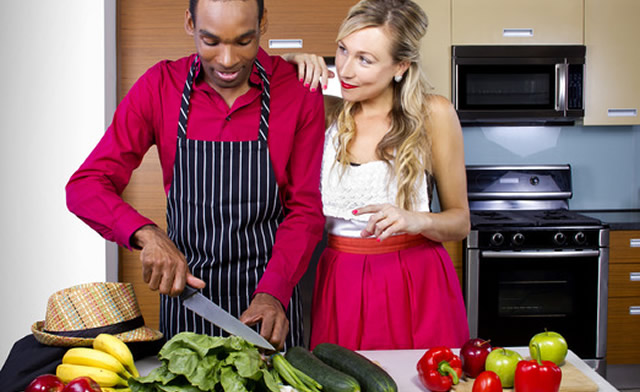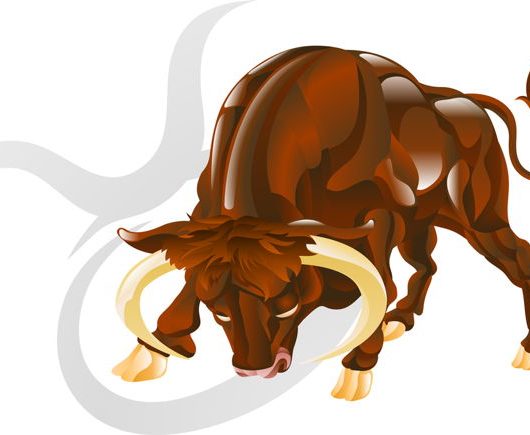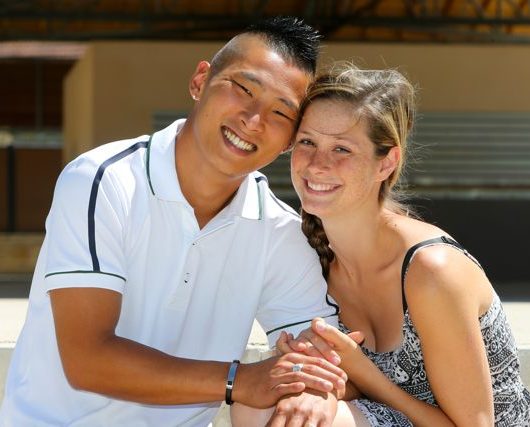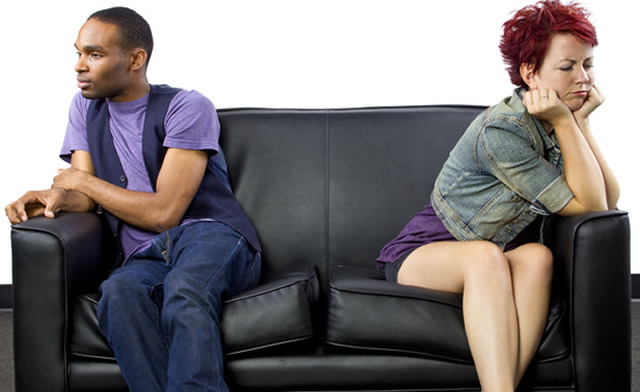When you are gay, you have issues to deal with from family, friends, and society as a whole. And the situation does not necessarily become easier if you become part of a committed, same-sex relationship. Face it, people in your life who were not supportive, who thought you were “going through a phase” or had little reason to ponder your sexual orientation at all now have evidence that this inconvenient (to them) truth is a real thing they have to face about you and who you are. For you, the relationship is so right. But to some of the people in your life might feel the relationship has broken taboo.
Family acceptance of gay interracial couples
In a similar vein, your being part of an interracial couple is a struggle. Some of the important people in your life may have issues with it. If you are dating someone of another race casually, many times, this goes unnoticed. But when you announce the relationship, perhaps legalize it through marriage or a domestic partnership, coworkers, relatives, neighbors, and friends cannot minimize how important your partner is to you. Again, the object of your affection puzzles or disturbs others.
Combining the two discriminants

Combining the two stressors into one relationship, unfortunately, does not make easier either to be gay or to be part of an interracial couple. It is a real-life example of the infamous Venn diagram. The overlap makes you two members of a sub-set of the larger groups of gay and interracial marriage. It would be wonderful if the experience of being discriminated against because of one characteristic or the other made everyone in the larger groups more accepting or tolerant.
Unfortunately, this is not an automatic outcome. The fact that a person experiences hardship as a member of a particular class of people does not mean he or she develops empathy for others. The circle of acceptance you have found as an LGBT person can push you out and close against you if you fall in love with someone of a different race. At the same time, the hard-fought tolerance of interracial relationships forged in the straight population can splinter when a same-sex component is added to the equation.
Higher risks of being stereotyped
Both larger groups, comprised of gay or interracial couples, may feel threatened by the other. Surprising and hurtful stereotypes may raise their ugly heads. The LGBT component may feel sexual orientation is more intrinsic to a person’s identity. They might think it’s more than the “choice” to be committed to a person of another race. After finding a niche their love affair risks being rejected by the groups with which each of them identifies.
Simply put, some gays can be racist. And people of all races can be homophobes. The gay interracial couple must cope with these issues. Also, they should deal with any consternation visited upon them by the community around them. It can be a heavy burden to bear.
Finding other couples and families that share common attributes is more difficult when a committed pair is both gay and interracial. Tolerance and acceptance of all types of relationships need to become much more widespread. This will assist gay interracial couples to relax and enjoy their loved one without constant fear, anxiety, and stress.
















